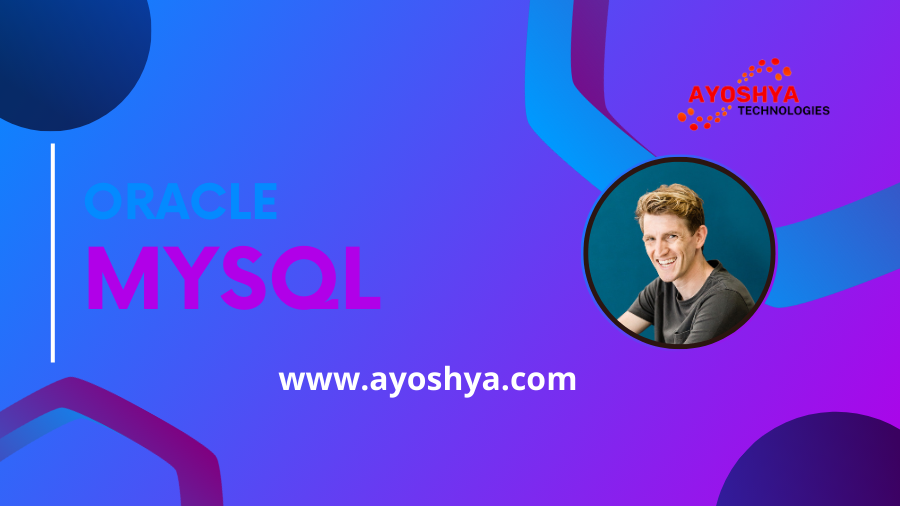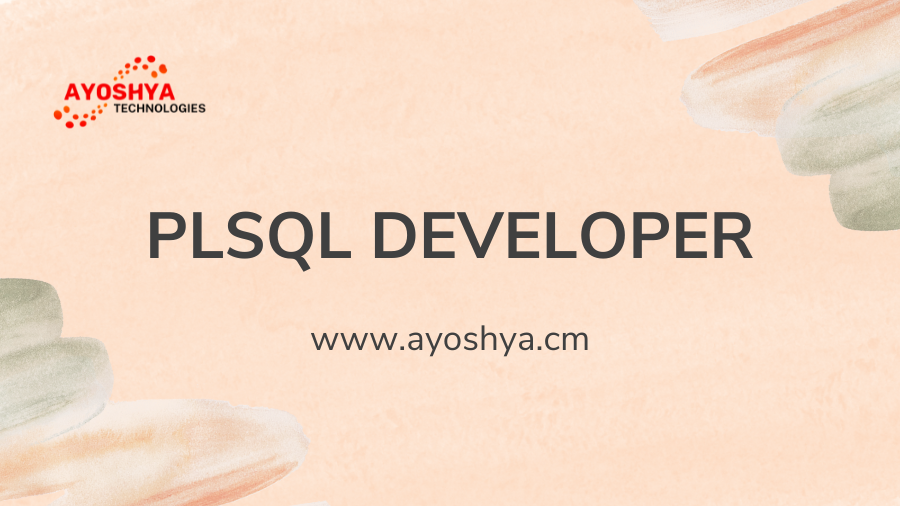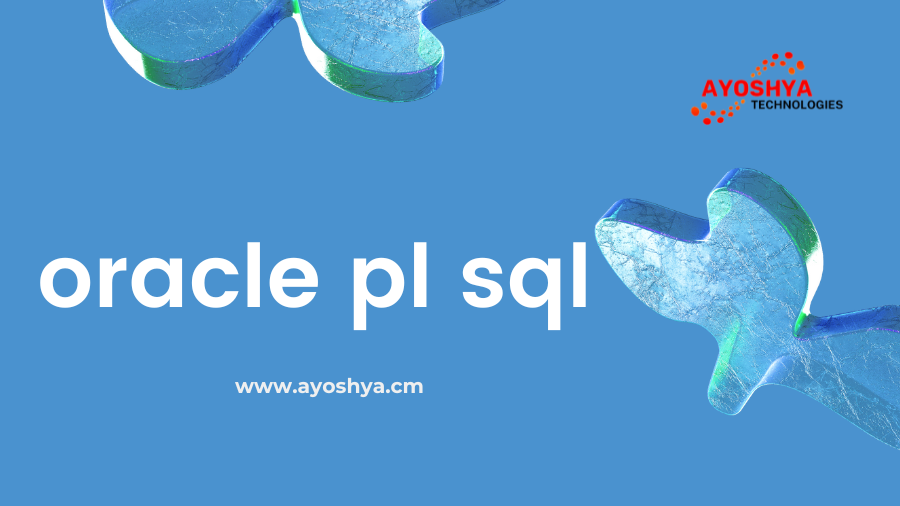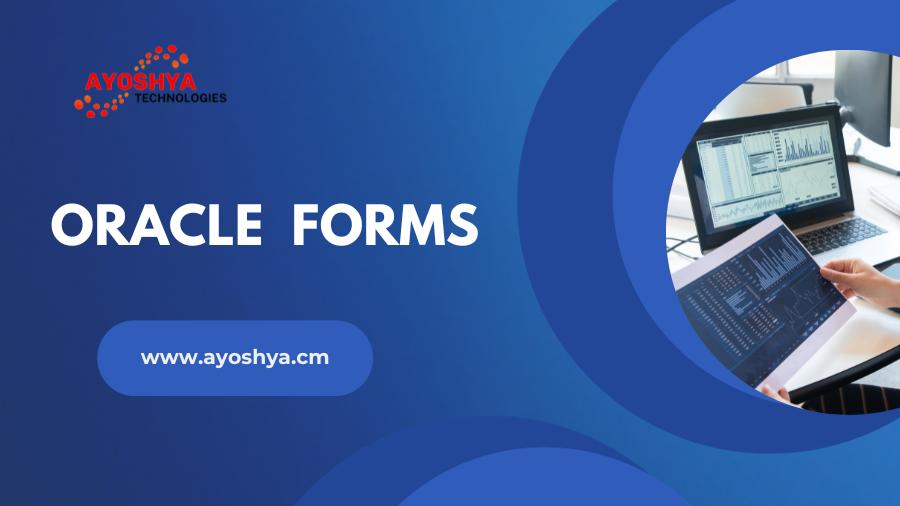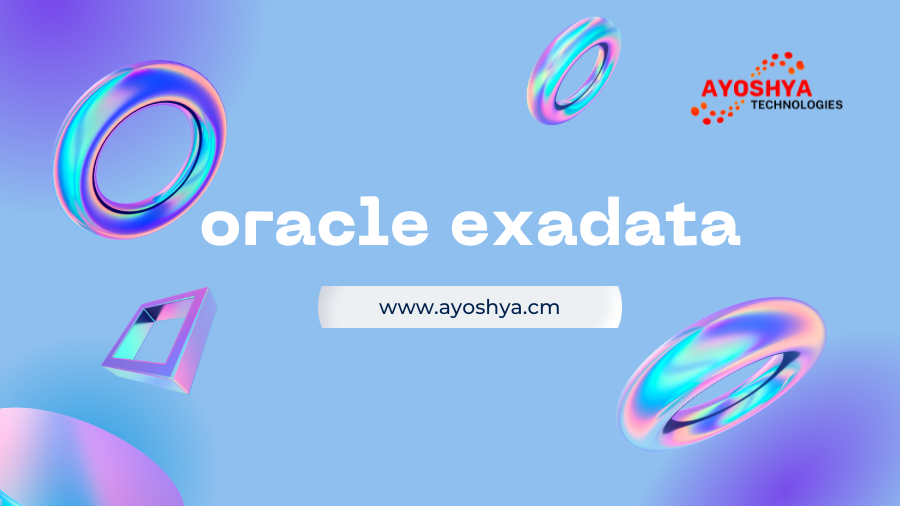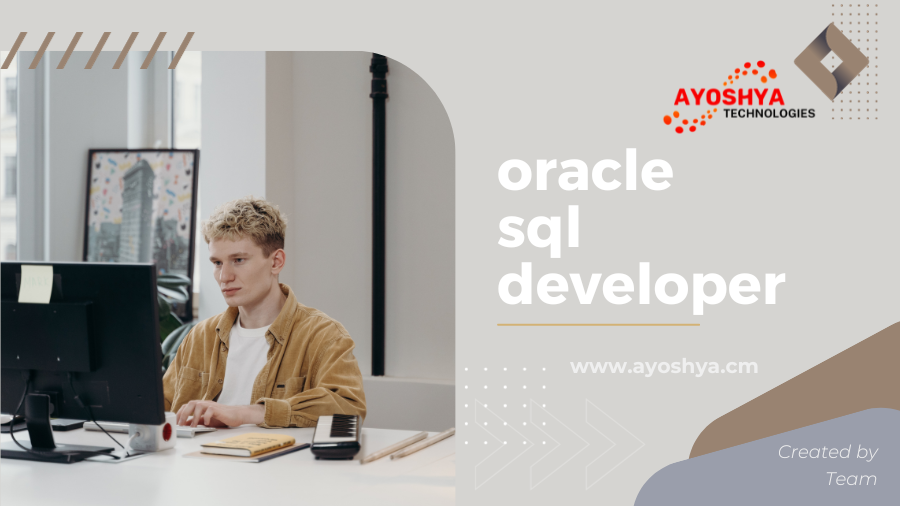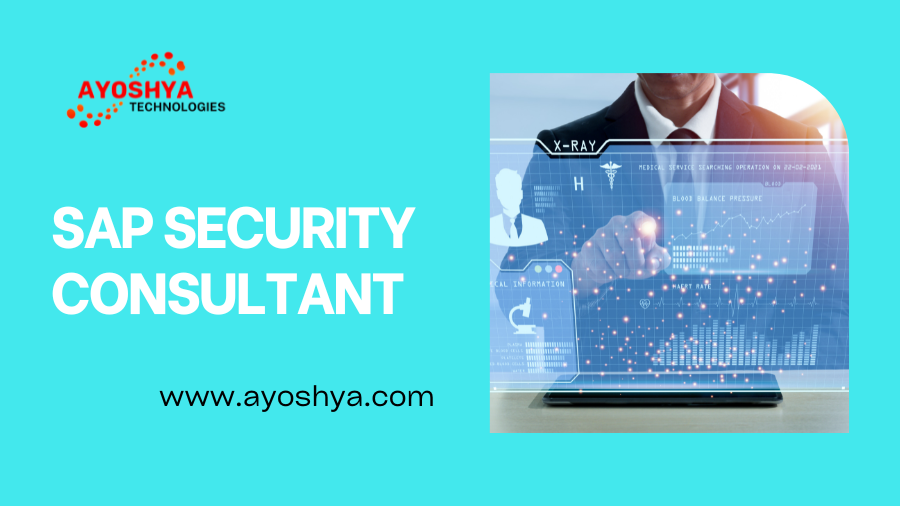Oracle MySQL: Unleashing the Power of an Open-Source Database
Oracle MySQL: Unleashing the Power of an Open-Source Database
In the vast landscape of database management systems, Oracle MySQL stands out as a robust open-source solution that empowers businesses with scalability, performance, and a rich set of features. Let’s embark on a journey to explore the ins and outs of Oracle MySQL, from its humble origins to its current standing as a go-to choice for developers and businesses alike.
1. Introduction
Oracle MySQL, often simply referred to as MySQL, is an open-source relational database management system (RDBMS) that has gained immense popularity for its reliability, ease of use, and extensive community support. This article delves into the various aspects of Oracle MySQL, unraveling its features, applications, and the myths surrounding it.
2. Understanding the Oracle MySQL Database
2.1 Origins and Open-Source Philosophy
MySQL traces its roots back to the mid-’90s, born out of the open-source movement. Its founders envisioned a database system that would be accessible to all, fostering collaboration and innovation.
2.2 Key Features that Set Oracle MySQL Apart
Oracle MySQL boasts features that make it a standout choice. Its speed, flexibility, and support for various programming languages contribute to its widespread adoption in diverse environments.
3. Installation and Getting Started with Oracle MySQL
3.1 User-Friendly Installation Process
One of the hallmarks of Oracle MySQL is its straightforward installation process. Users, whether beginners or experts, can swiftly set up and configure the database system on their machines.
3.2 Configuring the Initial Database Setup
After installation, configuring the initial database setup is a breeze. Oracle MySQL provides intuitive tools to define databases, tables, and establish connections seamlessly.
4. SQL in Oracle MySQL: Navigating the Basics
4.1 Data Definition Language (DDL)
DDL operations in Oracle MySQL allow users to define and modify the structure of the database, including creating and altering tables, specifying constraints, and more.
4.2 Data Manipulation Language (DML)
DML operations involve manipulating data stored in the database. Oracle MySQL supports a robust set of DML commands for querying, updating, and managing data.
5. Security Measures in Oracle MySQL
5.1 Authentication and Authorization
Ensuring secure access to the database is paramount. Oracle MySQL implements robust authentication mechanisms and fine-grained authorization controls to protect sensitive data.
5.2 Encryption and Auditing
Oracle MySQL goes the extra mile in securing data by providing encryption options and auditing features, allowing administrators to track and monitor database activities.
6. Performance Tuning: Maximizing Oracle MySQL Efficiency
6.1 Query Optimization Techniques
Efficient queries are crucial for optimal performance. MySQL offers tools and techniques for query optimization, enhancing database responsiveness.
6.2 Indexing Best Practices
Proper indexing is key to speedy data retrieval. Oracle MySQL’s indexing best practices ensure that queries are executed with minimal latency.
7. MySQL Workbench: A Comprehensive Overview
7.1 User Interface and Navigation
Oracle MySQL Workbench, a visual tool, provides an intuitive user interface for managing databases. Navigating through its features simplifies complex database tasks.
7.2 Visual Database Design and Modeling
Designing and modeling databases is made easier with Workbench’s visual tools, allowing developers to create and modify database structures effortlessly.
8. Oracle MySQL vs. Other Database Management Systems
8.1 Comparing Performance and Scalability
Oracle MySQL competes favorably in terms of performance and scalability when compared to other database management systems, making it a versatile choice for different applications.
8.2 Cost Considerations for Different Use Cases
Cost-effectiveness is a significant factor. Oracle MySQL’s open-source nature makes it an attractive option, especially for startups and small to medium-sized enterprises.
9. MySQL Community Edition vs. Enterprise Edition
9.1 Features and Limitations of the Community Edition
The Community Edition offers a robust set of features for most users but comes with certain limitations. It’s ideal for small projects and applications.
9.2 Additional Benefits of the Enterprise Edition
For enterprises with more extensive requirements, the Enterprise Edition provides additional features, support, and scalability options tailored to complex business needs.
10. Common Myths About MySQL Debunked
10.1 Limited to Small Businesses
Contrary to popular belief, MySQL is not limited to small businesses. Its scalability makes it suitable for enterprises with substantial data requirements.
10.2 Lack of Support and Documentation
It enjoys extensive community support and boasts comprehensive documentation, making it well-supported and user-friendly.
11. Real-world Applications of MySQL
11.1 Web Development and Content Management Systems
MySQL is a staple in web development, powering content management systems like WordPress and dynamic web applications.
11.2 E-commerce Platforms and Online Transactions
In the realm of e-commerce, MySQL shines, handling the demands of online transactions with efficiency and reliability.
12. Future Trends: Innovations in MySQL
12.1 Integration with Cloud Technologies
The future holds seamless integration with cloud technologies, allowing businesses to leverage the scalability and flexibility of cloud-based solutions.
12.2 Advancements in Data Security
As data security becomes increasingly crucial, MySQL is expected to introduce advanced features and encryption methods to fortify database protection.
13. Tips for Effective Database Management with MySQL
13.1 Regular Backups and Maintenance
Routine backups and maintenance routines are essential for database health. MySQL provides tools and guidelines for effective database management.
13.2 Keeping Abreast of Updates and Patches
Staying updated with the latest releases and patches is critical for security and performance. Oracle MySQL’s update process is designed for seamless integration.
14. Conclusion
In conclusion, It stands as a testament to the power of open-source database solutions. Its versatility, performance, and robust feature set make it a preferred choice for businesses and developers navigating the complex world of data management.
FAQs
Q1: Is Oracle MySQL suitable for large enterprises?
Yes, It is scalable and suitable for large enterprises, offering both Community and Enterprise Editions to cater to diverse needs.
Q2: What makes MySQL a cost-effective choice?
Being open-source, MySQL eliminates licensing costs. The Community Edition is particularly cost-effective for startups and small businesses.
Q3: How does it contribute to web development?
It is widely used in web development, powering content management systems and serving as a reliable backend for dynamic websites.
Q4: Are there plans for Oracle MySQL integration with cloud technologies?
Yes, the future of MySQL includes seamless integration with cloud technologies, allowing users to harness the benefits of cloud-based solutions.
Q5: How can I ensure the security of my MySQL database?
Ensuring security involves implementing authentication, authorization, encryption, and auditing features. Regular updates and patches provided by MySQL further enhance security.
You may be interested in:
What is Oracle? and an Overview of the Database



